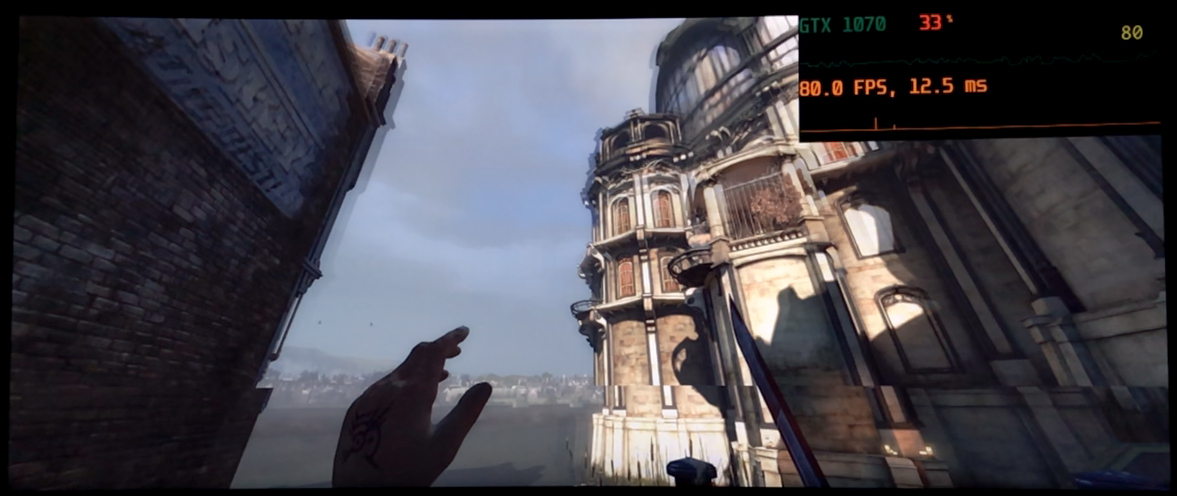I'd like to have some straight forward answers to these questions:
Maybe I'm too stupid to google but I can't find straight answer for these super basic questions that literally every 144 hz monitor owner must have had at some point in their live.
Thanks in advance!
- AMD_Robert suggests that you're supposed to use Vsync and Freesync together. Others on the internet claim that you're supposed to turn Vsync off and that Robert's info is wrong or outdated. What's the consensus in 2020?
- Assuming I believe Robert, should I use the ingame Vsync or any of these two options in the AMD driver? If so, which one? Both?

- Should I limit the FPS or not? Robert says no, others on the internet claim it's best to limit the FPS so that it's 3 fps below your max refresh rate (141 limit for a 144 hz screen).
- If I take Dota 2 as an example, I feel like I was better off limiting the FPS to 120 FPS than 141 but I'm not entirely confident. I got the screen yesterday. I also tried CSGO and that I receive framerates well beyond 144 fps and thus my monitor's FreeSync range. In that case, FreeSync doesn't do anything and I'm best off just turning Vsync on correct? Wouldn't it be better if I capped the framerate at 141 and made use of FreeSync instead?
- What do I do with games that don't have the option to unlock the framerate (Dota 2 won't allow for an unlocked framerate either. 240 fps is max)? I'm playing Trials of Mana and its max framerate is 120 fps. It's running very well, I can't complain but if Robert says one shouldn't limit the FPS, how do games that have a hard FPS limit behave generally?
Maybe I'm too stupid to google but I can't find straight answer for these super basic questions that literally every 144 hz monitor owner must have had at some point in their live.
Thanks in advance!





